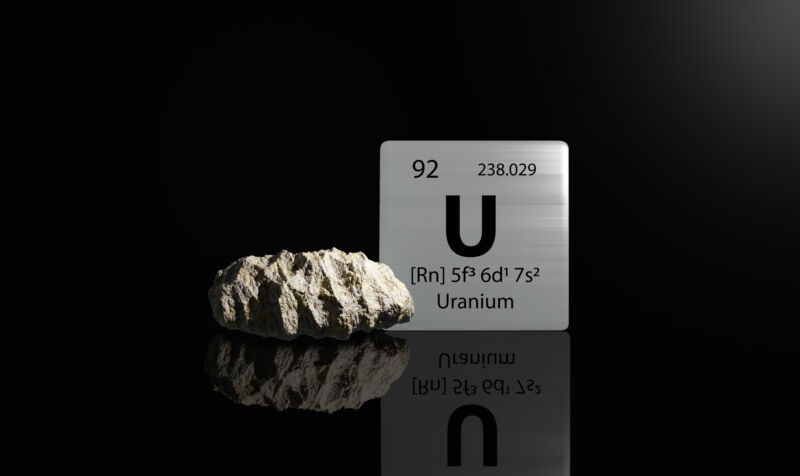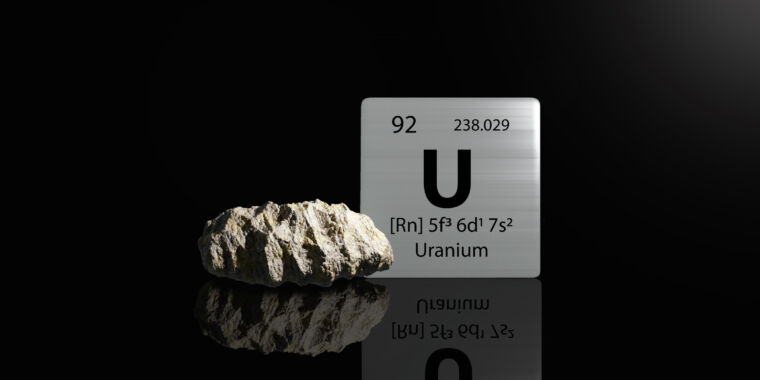Planned nuclear fuel has higher proliferation risks than thought

High-assay low-enriched uranium (HALEU) has been touted as the go-to fuel for powering next-gen nuclear reactors, which include the sodium-cooled TerraPower or the space-borne system powering Demonstration Rocket for Agile Cislunar Operations (DRACO). That’s because it was supposed to offer higher efficiency while keeping uranium enrichment “well below the threshold needed for weapons-grade material,” according to the US Department of Energy.
This justified huge government investments in HALEU production in the US and UK, as well as relaxed security requirements for facilities using it as fuel. But now, a team of scientists has published an article in Science that argues that you can make a nuclear bomb using HALEU.
“I looked it up and DRACO space reactor will use around 300 kg of HALEU. This is marginal, but I would say you could make one a weapon with that much,” says Edwin Lyman, the director of Nuclear Power Safety at the Union of Concerned Scientists and co-author of the paper.
Forgotten threats
“When uranium is mined out of the ground, it’s mostly a mixture of two isotopes: uranium-238 and uranium-235. Uranium 235 concentrations are below one percent,” says Lyman. This is sent through an enrichment process, usually in gas centrifuges, where it is turned into gaseous form and centrifuged till the two isotopes are separated from each other due to their slight difference in their atomic weights. This can produce uranium with various levels of enrichment. Material that’s under 10 percent uranium-235 is called low-enriched uranium (LEU) and is used in power reactors working today. Moving the enrichment level up to between 10 and 20 percent, we get HALEU; above 20 percent, we start talking about highly enriched uranium, which can reach over 90 percent enrichment for uses like nuclear weapons.
“Historically, 20 percent has been considered a threshold between highly enriched uranium and low enriched uranium and, over time, that’s been associated with the limit of what is usable in nuclear weapons and what isn’t. But the truth is that threshold is not really a limit of weapons usability,” says Lyman. And we knew that since long time ago.
A study assessing the weaponization potential of uranium with different enrichment levels was done by the Los Alamos National Laboratory back in 1954. The findings were clear: Uranium enriched up to 10 percent was no good for weapons, regardless of how much of it you had. HALEU, though, was found to be of “weapons significance,” provided a sufficient amount was available. “My sense is that once they established 20 percent is somewhat acceptable, and given the material is weapons-usable only when you have enough of it, they just thought we’d need to limit the quantities and we’d be okay. That sort of got baked into the international security framework for uranium because there was not that much HALEU,” says Lyman. The Los Alamos study recommended releasing 100 kg of uranium enriched to up to 20 percent for research purposes in other countries, as they didn’t think 100 kg could lead to any nuclear threats.
The question that wasn’t answered at the time was how much was too much.
Planned nuclear fuel has higher proliferation risks than thought Read More »
